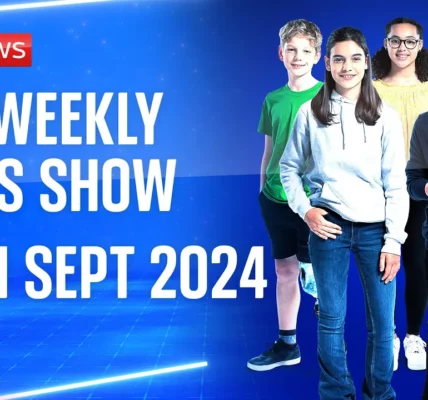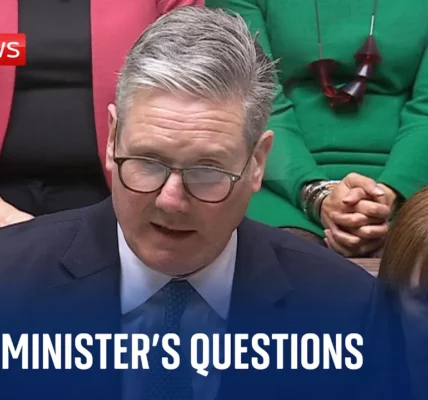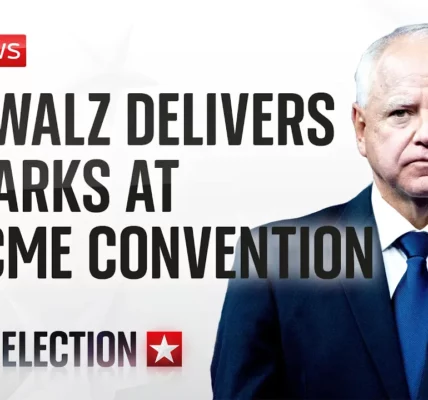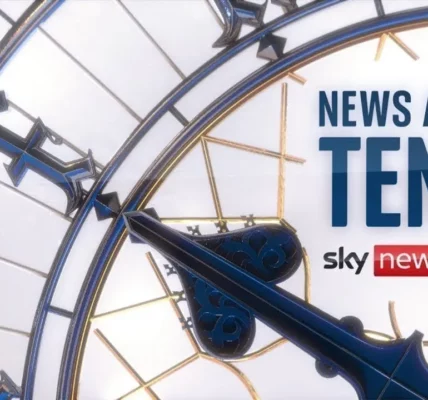Ukrainian Defense Contact Group: Key Insights and Implications

This article delves into the recent discussions held at the Ukrainian Defense Contact Group meeting in Germany, exploring military support initiatives, missile supplies, and the broader strategic landscape affecting Ukraine and Russia.
Introduction
The Ukrainian Defense Contact Group, a coalition of over 50 nations, including all NATO members, convened in Germany to discuss the ongoing military support for Ukraine amidst the ongoing conflict with Russia. This meeting marks a pivotal moment in international military cooperation aimed at bolstering Ukraine’s defense capabilities. As the situation evolves, the need for coordinated support and efficient resource allocation becomes increasingly critical.
Overview of the Meeting
On the 24th gathering of the Ukrainian Defense Contact Group, notable discussions focused on the continuity of support from the UK and the announcement of additional military aid. UK Defense Secretary John Healey’s participation underscores a commitment to sustaining military collaboration with Ukraine.
Key Participants and Their Roles
- John Healey (Defense Secretary, UK) – Emphasizing ongoing support for Ukraine.
- Representatives from over 50 nations – Collaboratively discussing military aid and strategies.
- NATO officials – Coordinating defense strategies among member nations.
Military Aid and New Missile Supplies
During the meeting, the UK announced the provision of an additional 650 Martlet missiles to Ukraine. These lightweight multi-role missiles, while not as advanced as some systems, are crucial in maintaining a steady flow of military resources to Ukraine.
Details of the Martlet Missile
- Weight: Approximately 13 kg
- Range: Up to 6 km
- Speed: Mach 1.5
- Target Capability: Effective against both land and air targets
Despite their limitations compared to systems like the Patriot, the Martlet missiles are cost-effective and support the urgent need for quantity in Ukraine’s defense arsenal.
Strategic Needs and Challenges
President Zelensky has consistently called for enhanced military capabilities, particularly long-range weaponry. His appeals highlight the need for systems like the Joint Air-to-Surface Standoff Missile (JASSM), which boasts a range of up to 1,000 km.
Long-Range Missile Requirements
- Increased range capabilities to strike deeper into enemy territory.
- Potential acquisition of JASSMs pending operational clearances.
- Development of indigenous missile production capabilities within Ukraine.
These strategic requirements reflect a pressing need for Ukraine to bolster its defense against ongoing Russian assaults while navigating the complexities of international military support.
Russia’s Military Supply Status
On the other side of the conflict, Russia is reportedly ramping up its missile production significantly. Utilizing revenue from oil exports, Russia has sought to supplement its military resources through imports from countries like North Korea and Iran.
Recent Developments in Russian Arms Supply
- Increased domestic production of missiles to meet wartime demands.
- Contracts signed with Iran for ballistic missile supplies.
- Training of Russian personnel in Iran for effective usage of newly acquired missile systems.
This influx of weaponry allows Russia to execute a more aggressive strategy, potentially increasing missile attacks on both front-line and deep Ukrainian targets in the coming weeks.
Future Implications and Peace Prospects
The current military dynamics suggest an escalation of hostilities, with both sides striving for strategic advantages. As winter approaches, there may be considerations for peace negotiations, though such discussions could be fraught with complexity given the current geopolitical landscape.
Long-Term Considerations
- The potential for a ceasefire agreement may inadvertently reward aggression.
- International reactions to any peace deal could influence future security policies.
- The ongoing reshuffle within the Ukrainian government may impact military strategy and public morale.
Understanding these implications is crucial for policymakers and military strategists as they navigate this multifaceted conflict.
Conclusion
The discussions at the Ukrainian Defense Contact Group highlight the urgent need for coordinated military support for Ukraine amidst a challenging operational environment. As both Ukraine and Russia gear up for intensified conflict, the international community must remain vigilant in its support strategies. The evolving situation calls for a reassessment of military aid, strategic capabilities, and potential pathways to peace.
For more insights on military strategy and international relations, consider exploring our related articles on military strategy and international relations.
“`




